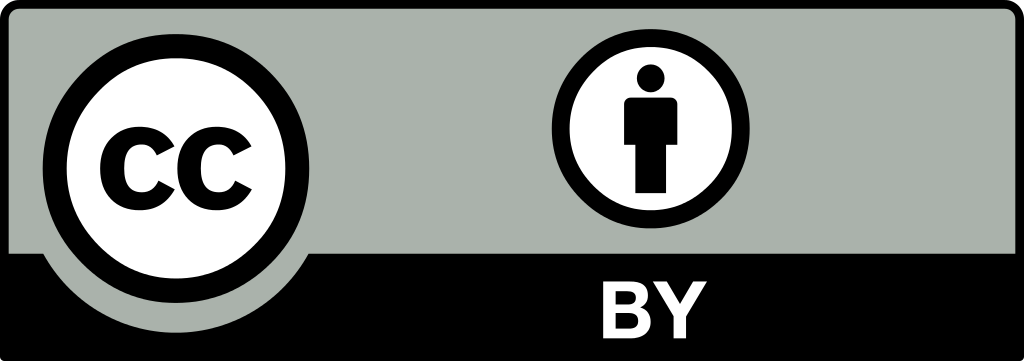

Volume- 8
Issue- 6
Year- 2021
![]() DOI: 10.55524/ijirem.2021.8.6.183 |
DOI: 10.55524/ijirem.2021.8.6.183 | ![]() DOI URL: https://doi.org/10.55524/ijirem.2021.8.6.183
DOI URL: https://doi.org/10.55524/ijirem.2021.8.6.183
 This is an Open Access article distributed under the terms of the Creative Commons Attribution License (CC BY 4.0) (http://creativecommons.org/licenses/by/4.0)
This is an Open Access article distributed under the terms of the Creative Commons Attribution License (CC BY 4.0) (http://creativecommons.org/licenses/by/4.0)
Article Tools: Print the Abstract | Indexing metadata | How to cite item | Email this article | Post a Comment
Tanveer Khan
Anticarcinogenic, antioxidant, and antiatherosclerotic properties of soy isoflavones have been discovered. They also connect with both the oestrogen receptor, resulting in phytoestrogens that are typically mild. Isoflavone bioavailability in humans has been extensively investigated due to its bioactivity. The findings from interventional studies in humans are summarised in this review, which focuses on the variables that impact permeability. The concentration range in plasma standardized to a constant administration of genistin is 1.6 times that of resveratrol, and daidzin is 1.8-fold greater than daidzein, thus according data from 16 experiments, but even though the half-life of aglycone and glucoside is not significantly distinct. The recorded % urine absorption varies widely, then it is not dosage proportional. A fast gut commuting time and low faucal digestion rates boost bioavailable, but a fiber-rich diet decreases it. Bioavailability does not alter between reproductive age group and postmenopausal women. Soymilk ingestion for one week has little effect on bioavailability, while consumption for a month increased equol elimination in women. The components that govern equol production, such as typical food features, are unknown, however equol development is reduced in the presence of an embryonic flora. Although bioavailability is determined by where the dosage is given as foods and beverages, there is no disagreement on which delivery of isoflavones resulting in the maximum isoflavone bioavailability, and published research offer various results. Finally, while planning intervention studies, it is critical to examine the variables that alter isoflavone bioavailability.
[1] L. Li, Y. Lv, L. Xu, and Q. Zheng, “Quantitative efficacy of soy isoflavones on menopausal hot flashes,” Br. J. Clin. Pharmacol., 2015, doi: 10.1111/bcp.12533.
[2] P. Wei, M. Liu, Y. Chen, and D. C. Chen, “Systematic review of soy isoflavone supplements on osteoporosis in women,” Asian Pac. J. Trop. Med., 2012, doi: 10.1016/S1995-7645(12)60033-9.
[3] C. Lu et al., “Neuroprotective effects of soy isoflavones on scopolamine-induced amnesia in mice,” Nutrients, 2018, doi: 10.3390/nu10070853.
[4] R. Chadha, Y. Bhalla, A. Jain, K. Chadha, and M. Karan, “Dietary soy isoflavone: A mechanistic insight,” Natural Product Communications. 2017, doi: 10.1177/1934578x1701200439.
[5] M. Jin, M. H. Shen, M. H. Jin, A. H. Jin, X. Z. Yin, and J. S. Quan, “Hypoglycemic property of soy isoflavones from hypocotyl in Goto-Kakizaki diabetic rats,” J. Clin. Biochem. Nutr., 2018, doi: 10.3164/jcbn.17-68.
[6] L. A. Cohen et al., “Soy isoflavone intake and estrogen excretion patterns in young women: Effect of probiotic administration,” In Vivo (Brooklyn)., 2007.
[7] C. E. Gleason et al., “Cognitive effects of soy isoflavones in patients with Alzheimer’s disease,” J. Alzheimer’s Dis., 2015, doi: 10.3233/JAD-142958.
[8] A. Sekikawa et al., “Effect of S-equol and Soy Isoflavones on Heart and Brain,” Curr. Cardiol. Rev., 2018, doi: 10.2174/1573403x15666181205104717.
[9] J. W. Pawlowski et al., “Impact of equol-producing capacity and soy-isoflavone profiles of supplements on bone calcium retention in postmenopausal women: A randomized crossover trial1,2,” Am. J. Clin. Nutr., 2015, doi: 10.3945/ajcn.114.093906.
[10] C. Nagata, “Factors to consider in the association between soy isoflavone intake and breast cancer risk,” Journal of Epidemiology. 2010, doi: 10.2188/jea.JE20090181.
[11] I. L. F. Nielsen and G. Williamson, “Review of the factors affecting bioavailability of soy isoflavones in humans,” Nutrition and Cancer. 2007, doi: 10.1080/01635580701267677.
[12] A. Cassidy, “Factors affecting the bioavailability of soy isoflavones in humans,” J. AOAC Int., 2006, doi: 10.1093/jaoac/89.4.1182.
[13] A. Cassidy et al., “Factors affecting the bioavailability of soy isoflavones in humans after ingestion of physiologically relevant levels from different soy foods,” J. Nutr., 2006, doi: 10.1093/jn/136.1.45.
Department of Law, Vivekananda Global University, Jaipur, India Email Id-Tanveer.Khan@vgu.ac.in
No. of Downloads: 11 | No. of Views: 535
Afina Hasya, Sukiman.
June 2024 - Vol 11, Issue 3
Dr G B Sabari Rajan.
April 2024 - Vol 11, Issue 2
Dr. R Nalini, Sreelakshmi.
April 2024 - Vol 11, Issue 2
